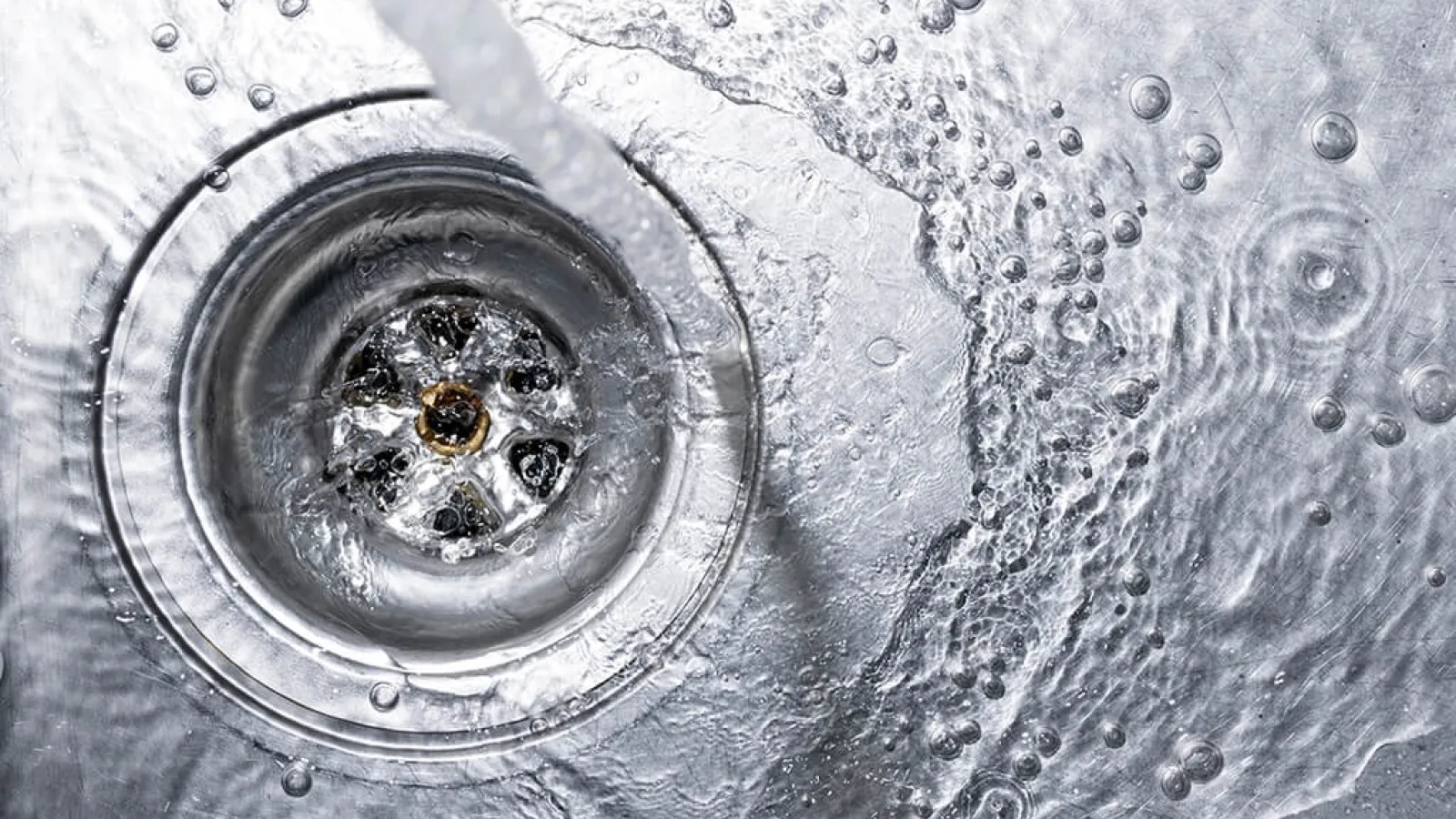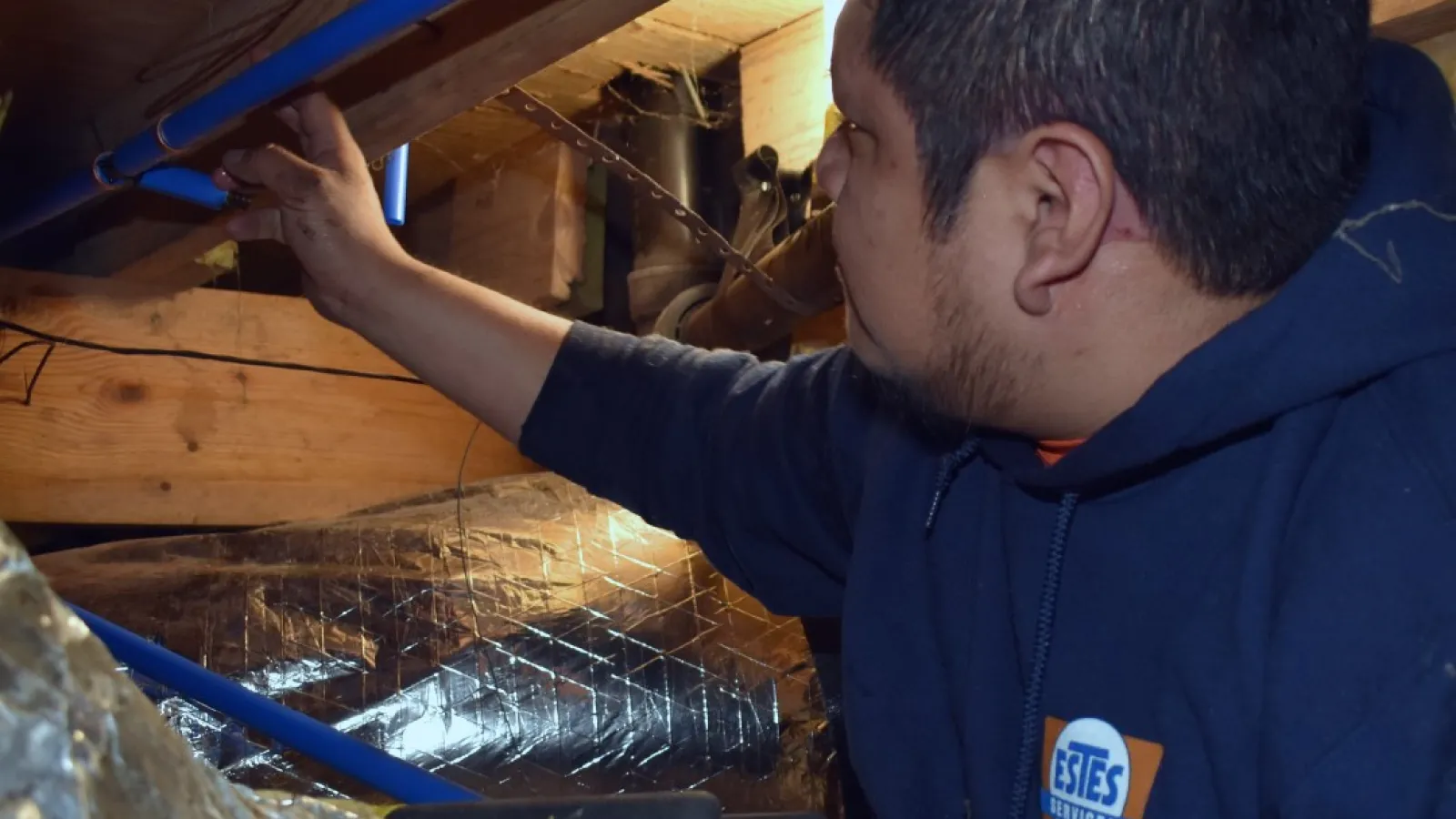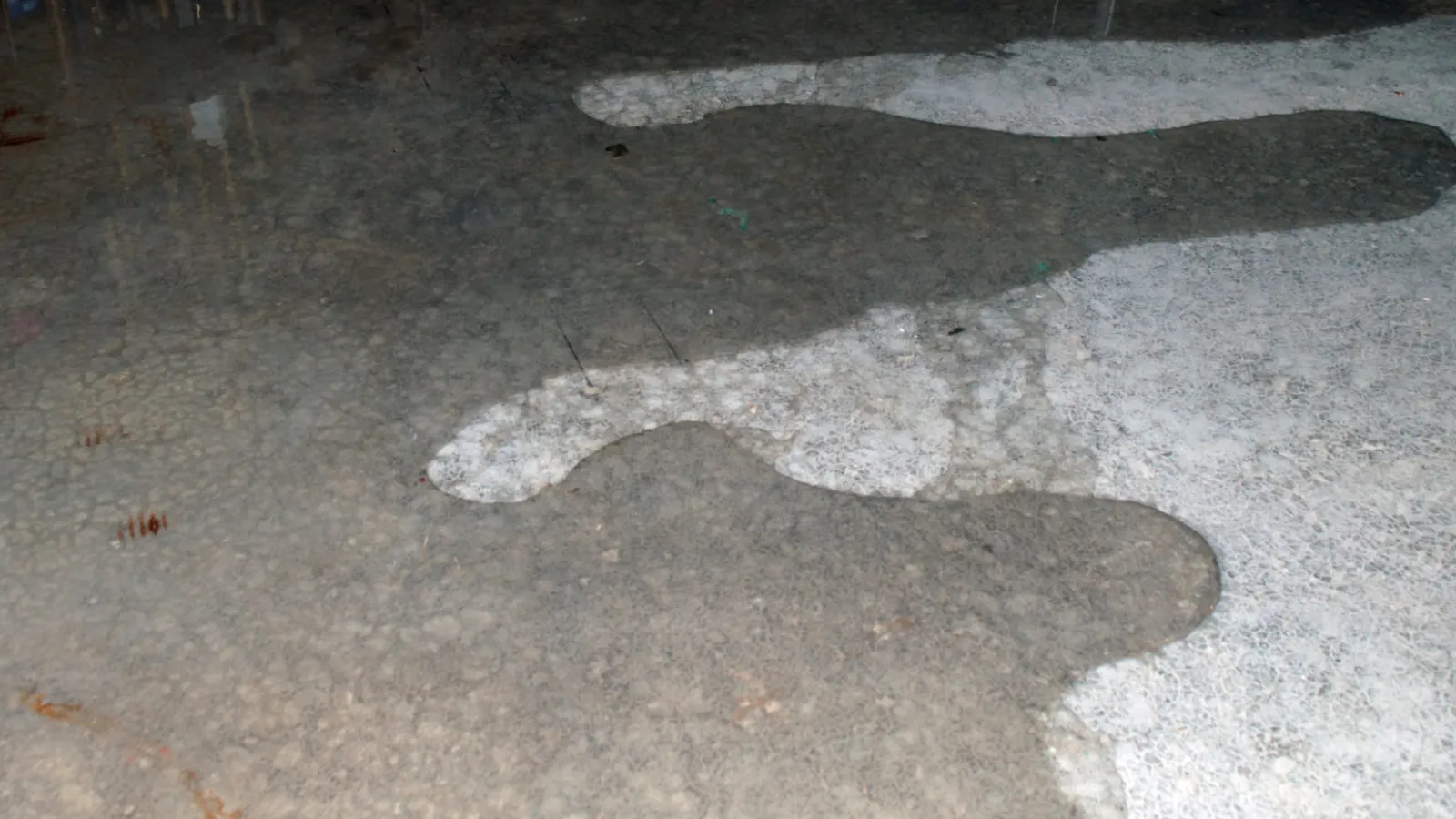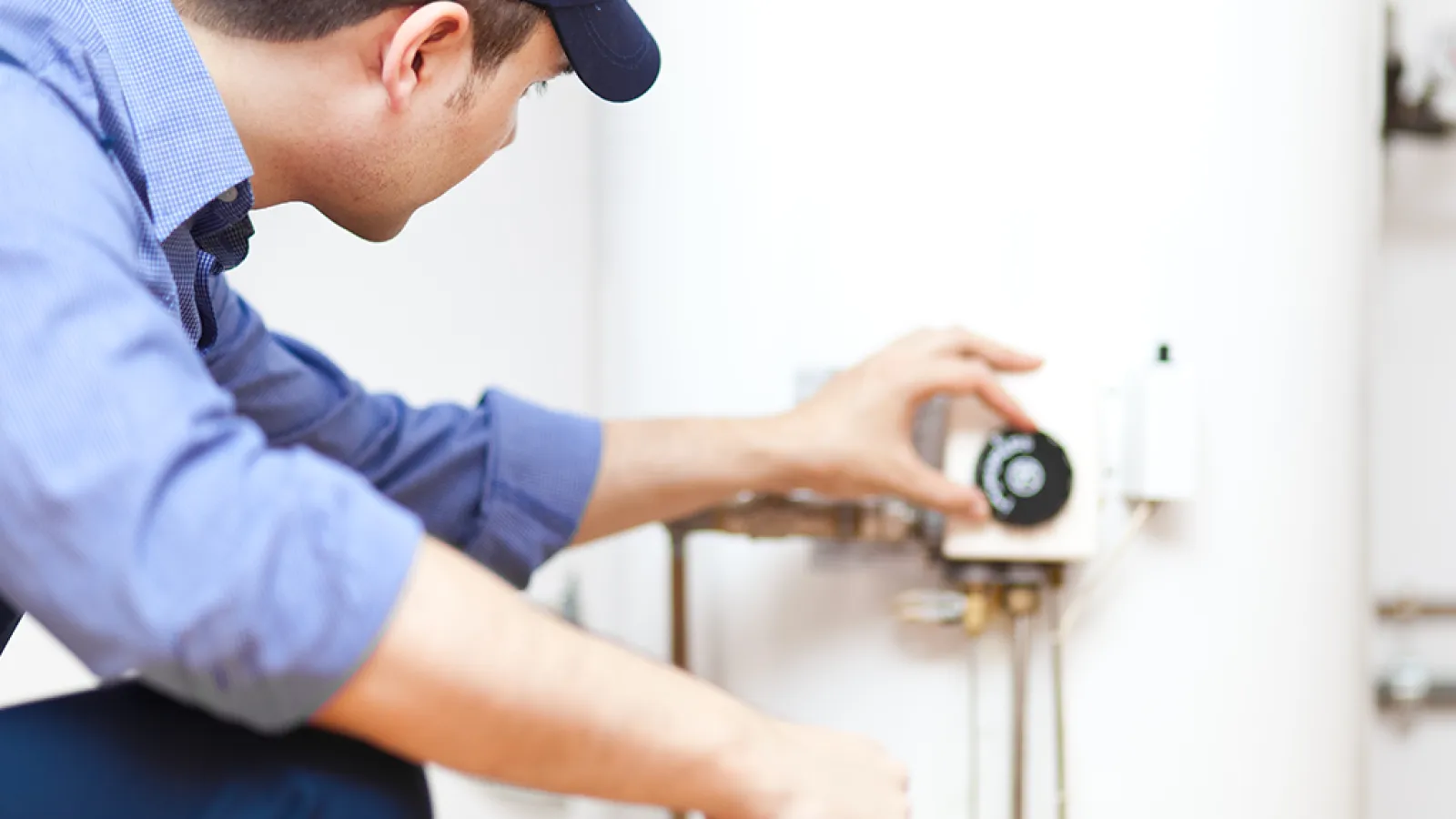How to Fix a Slow Bathroom Sink Drain
Healthy and clog-free drains are crucial for maintaining the optimal performance of your home's plumbing system. A slow bathroom sink drain may seem like a small inconvenience, but if left untreated, it can cause water drain issues, foul odors, and harmful bacteria buildup. Estes Plumbing Services explains multiple solutions for how to fix a slow drain, from quick DIY fixes to professional plumbing service when water draining problems become more serious.
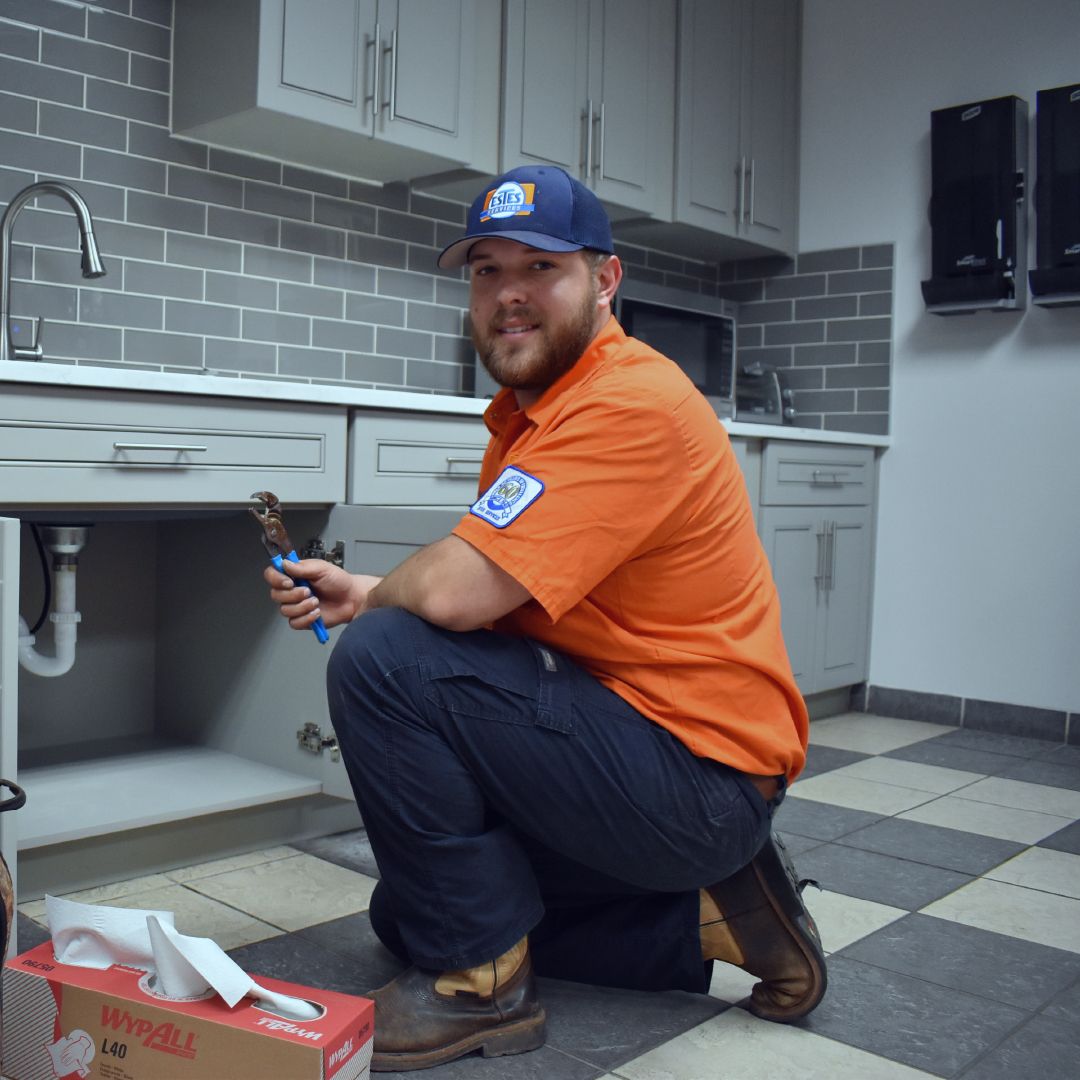
Knowing How to Fix a Slow Drain Is Important
The first sign of a slow drain might seem minor, but even the smallest obstruction will grow enough to restrict the flow of draining water. If left unaddressed, it can lead to sewage backups and costly repairs. Regular drain cleaning services help prevent emergencies and extend the lifespan of your plumbing system.
What Causes Slow Drainage?
The main reason behind slow-draining sinks and tubs is a clog. Common culprits include soap scum, grease, and food waste. Over time, these materials accumulate inside pipes, slowing down water drainage. While small clogs can often be handled with home remedies, severe obstructions may require professional plumbing service.
How to Prevent a Clogged Drain
Prevention is always better than repair. Many drain clogs happen because items are disposed of incorrectly. To keep your drains clear, never put the following down your sinks or toilets:
- Grease or cooking oils
- Cement, grout, or joint compound
- Excessive food waste
- Personal items like wipes or cotton swabs
Additional preventive steps include:
- Installing a mesh trap on your bathtub drain
- Regularly cleaning sink stoppers
- Flushing your drains with water occasionally
- Scheduling regular drain inspections with Estes Plumbing Services
How to Fix a Slow-Draining Sink or Bathtub Yourself
If you notice slow water draining, try these DIY methods first:
- Run the faucet and let some water collect in the sink or tub.
- Use a cup plunger for sinks or tubs, or a flange plunger for toilets.
- Cover the drain completely and plunge several times.
- Remove the suction and repeat as necessary.
Some homeowners use a mix of vinegar, boiling water, and baking soda to unclog drains. This method is safe for your pipes and eco-friendly, though it may not solve deeper clogs. Avoid harsh chemical cleaners, which can damage pipes and harm the environment.
Fixing a Slow Drain with Professional Help
Sometimes DIY methods aren't enough. Estes Plumbing Services offers two professional solutions for clogged drains:
- Drain Clearing: A plumber uses a snaking tool to clear blockages, allowing water to flow freely again. However, buildup may remain inside the pipe.
- Drain Cleaning: This service uses high-pressure water jets to remove clogs entirely, clearing grease, hair, and mineral deposits. Many sewer and drain cleaning services also include a camera inspection to locate problem areas.
Drain Clearing vs. Drain Cleaning: When to Choose
If you have a one-time clog, drain clearing may be enough. However, if slow draining occurs throughout your home or recurs frequently, professional drain cleaning is the more effective solution. Our plumbers utilize camera inspections to precisely locate issues, preventing recurring backups and future damage.
Advantages of Drain Cleaning
Routine professional drain cleaning offers many benefits, including:
- Faster-draining sinks, tubs, and toilets
- Fewer clogs and blockages
- Longer lifespan of pipes by reducing corrosion
- Lower risk of leaks and water damage
- Early detection of hidden issues like root intrusion or deteriorating pipes
- Elimination of odors caused by bacteria or mold
When to Call a Plumber
Call Estes Plumbing Services if:
- DIY unclogging attempts fail
- Water is leaking, and you cannot find the shut-off
- The clog is in your only bathroom
- You notice sewage backups or foul odors
Our emergency plumbing services are available to restore your home quickly.
Atlanta's Best Choice for Slow Drain Repair
If you are dealing with a slow bathroom sink drain or other plumbing problems, Estes Plumbing Services has the tools and expertise to help. Our licensed Atlanta plumbers use advanced diagnostic equipment to pinpoint blockages and restore proper water drainage. Contact us today to schedule professional drain cleaning service and protect your home from costly repairs.
